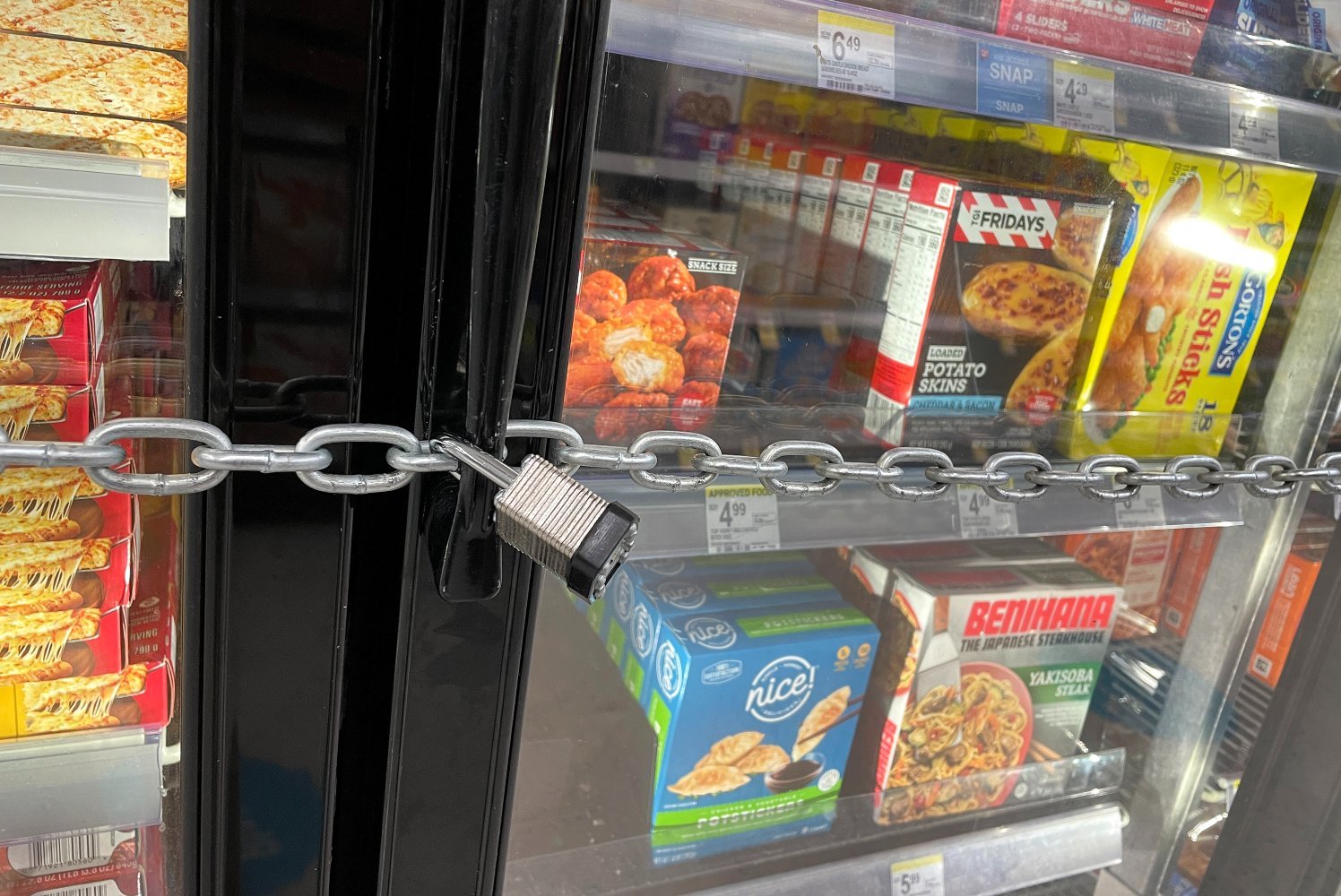Walgreens Regrets Replacing Fridge Doors With Smart Screens, Giving Techno-Dystopia Vibes
Already in 2020 Walgreens has struck a deal with a startup called Cooler Screens Inc. to replace the glass doors of the company’s refrigerators and freezers with shiny, glossy digital screens that will track customers’ shopping habits and display advertising targeted at juice revenue. now according to BloombergWalgreens is in a legal battle to get the screens out of its stores before they devolve further into a deeply dystopian hellscape.
The Digital Doors debacle was something of an ongoing cold war for the pharmaceutical giant that most consumers likely didn’t notice, except for the pitch-black screens that blocked their view of what was inside Walgreens refrigerators. It all started when Walgreens tried to back out of its 10-year contract early — and for a pretty legitimate reason. Instead of reliably displaying the items that were in stock in the fridge, the screens reportedly regularly flickered, crashed, displayed the wrong products and sometimes caught fire. (You know what *reliably* indicates what’s in stock without the risk of spontaneous combustion? Plain glass doors.)
As Walgreens and Cooler Screens went back and forth in court, with Walgreens fighting to leave the agreement early and remove the screens and the startup arguing for breach of contract, Cooler Screens launched its own campaign for retribution. According to Bloomberg, the company intentionally cut feeds to screens located at more than 100 Walgreens locations, leaving them blacked out and forcing customers to open every single door to try to find what they were looking for.
This seems as good a time as any to point out that the absolute best-case scenario for these doors was that they would show exactly what appears behind them, while also sucking up consumer shopping habits and allowing Walgreens to run “dynamic pricing” to gauge shoppers in real time.
The “smart doors” are just one of a number of missteps Walgreens has taken in recent years that have made the retailer increasingly hostile to shoppers. During the company’s first-quarter earnings call yesterday, CEO Tim Wentworth admitted that putting things like deodorant and toothpaste behind the lock led to fewer sales. When you lock things up … you don’t sell as many of them,” Wentworth said, according to CBS News. “We’ve proven that pretty convincingly.”
Walgreens decided to put most of its inventory behind locked Plexiglas displays in response to what it called a growing trend of organized retail theft. This turned out to be at best a massive overestimation of the problem. More than likely the company produced the narrative as it was closing stores and laying off workers to cut costs to garner sympathy and duck guilt.
Here’s a suggestion for Walgreens executives: Ditch the digital doors for see-through glass, stop trying to squeeze every dollar you can with targeted high pricing, cut the padlocks and make the items on the shelves accessible, and rebrand it as a new “ minimalist’ shopping. Or maybe you can continue to fall for artificial innovation and pour hundreds of millions of dollars into gambling games like Cooler Screens and Theranos. It seems to work great.







